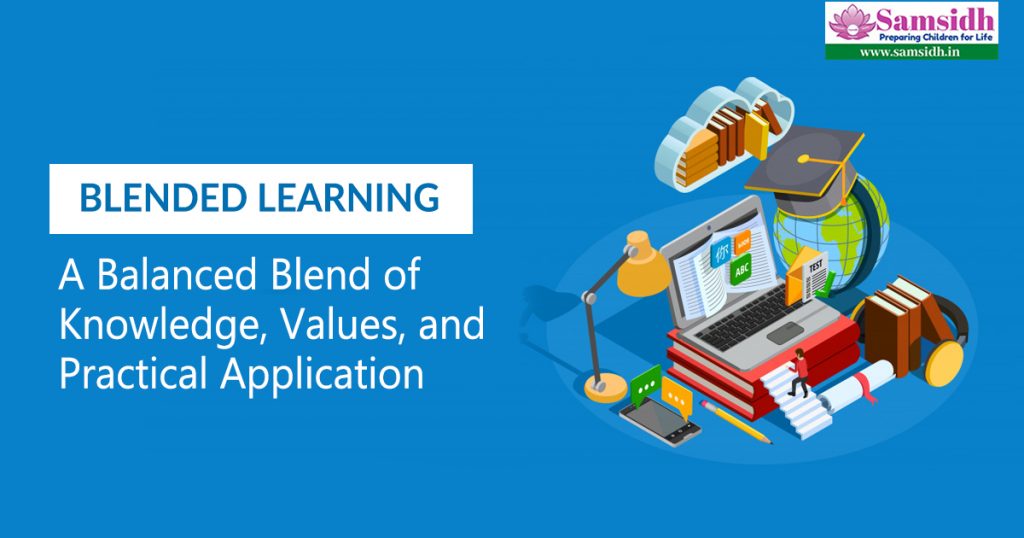
Blended Learning has increased the breadth and depth of access to education because it incorporates multiple teaching models—eLearning and traditional one-to-one classroom learning. The pandemic-induced limitations on education have been largely rescued due to the adoption of learning methods. It has found wide usage in schools and higher education institutes all around the world.
How blended learning helps both teachers and students
Blended learning achieved a natural development as accessibility to online resources increased and, at the same time, the continued need for a human component in the teaching-learning experience was also felt. The incorporation of direct and indirect instruction, collaborative teaching, and individualized computer-assisted learning helps in many ways:
- most students have unique learning styles and a blended approach caters to those needs better than a traditional classroom teaching experience; and
- A blended learn approach ensures that the student is engaged and driving his or her own learning experience.
In the same way, it helps teachers to teach concepts more efficiently, and to accurately assess a student’s knowledge. Many research studies have concluded that learning improves the efficacy and efficiency of the entire learning process. Teachers and students who have benefitted from the blended learning module in education agree that it combines the best elements of traditional and online learning covering knowledge, practical application, and value.
Benefits of blended learning
If the whole academic week is crammed with dry lectures and a monotonous learning schedule, there is not much to look forward to. This was a normal situation in the traditional classroom setting. Similarly, the mode of online classes that is currently practiced across the world also presents a level of saturation, where students seem disinterested after a while. Blended learning achieves a balanced blend between the two and makes learning fun and engaging. This builds up to a positive experience with learning in the formative years of students and improves the teaching outlook of educators.
Here’s how blended learning combines the three essential ingredients of effective education: Knowledge, values, and practical application.
In terms of knowledge, blended learning modules lead to improved learning.
- They offer experiences that are not available in traditional learning environments and the nature of these different experiences promotes learning.
- It offers teachers and students more time in the classroom for creative and cooperative exercises.
- Blended learning course formats are effective in capturing student attention and maintaining student engagement throughout the academics schedule.
- Blended learns courses have a systematic content structure, include clear instructions both online and offline, offer challenging tasks to students, and allow for elaborate feedback.
- It updates course content and gives new life to long-established courses.
In terms of practical application, the education curriculum developed under the blended learning model matches the education system with the technological and scientific development.
- The content transmitted to students gets revised according to the new innovations. Thus, students are able to cope with the fast-changing world outside.
- The learning method gives the advantage of online learning to students without losing the social interaction element and the human touch of traditional teaching.
- Students become technologically adept and gain digital fluency.
- the curriculum allows students to develop qualities like self-motivation, self-responsibility, and discipline
Blended learning gives equal importance to traditional mode and classroom teaching. This balanced blend avoids the danger where students fail to develop the right value system and love towards cultures and traditions.
Blended learning continues to impart an essence of the Indian value system as it is not a blind adoption of modern technologies but a balanced one.
Perfecting the balanced way of learning in Samsidh
The speedy adoption of educational technologies is evidence that new forms of teaching and learning are possible. However, such an enormous change and overhaul of teaching methods and education curriculums require changes in approach and support from faculty and administrators in education.
The relevance of learning in terms of knowledge, practical application, and value is beyond doubt. At Samsidh, our education programs are aligned with blended learning. We have mastered the re-thinking and redesigning of courses that provide students with better and different learning experiences.

